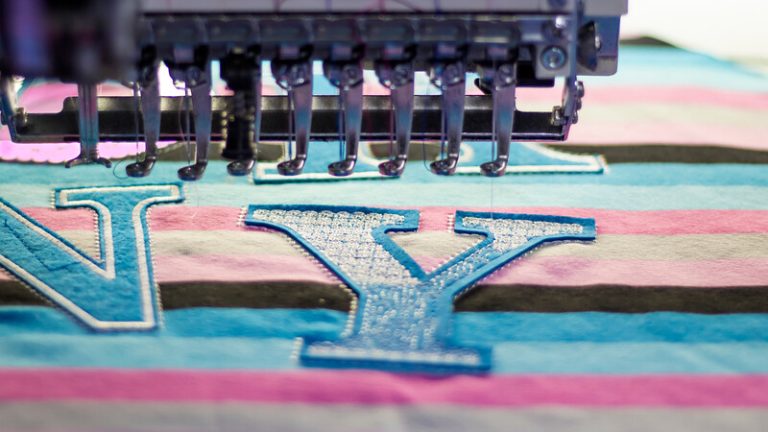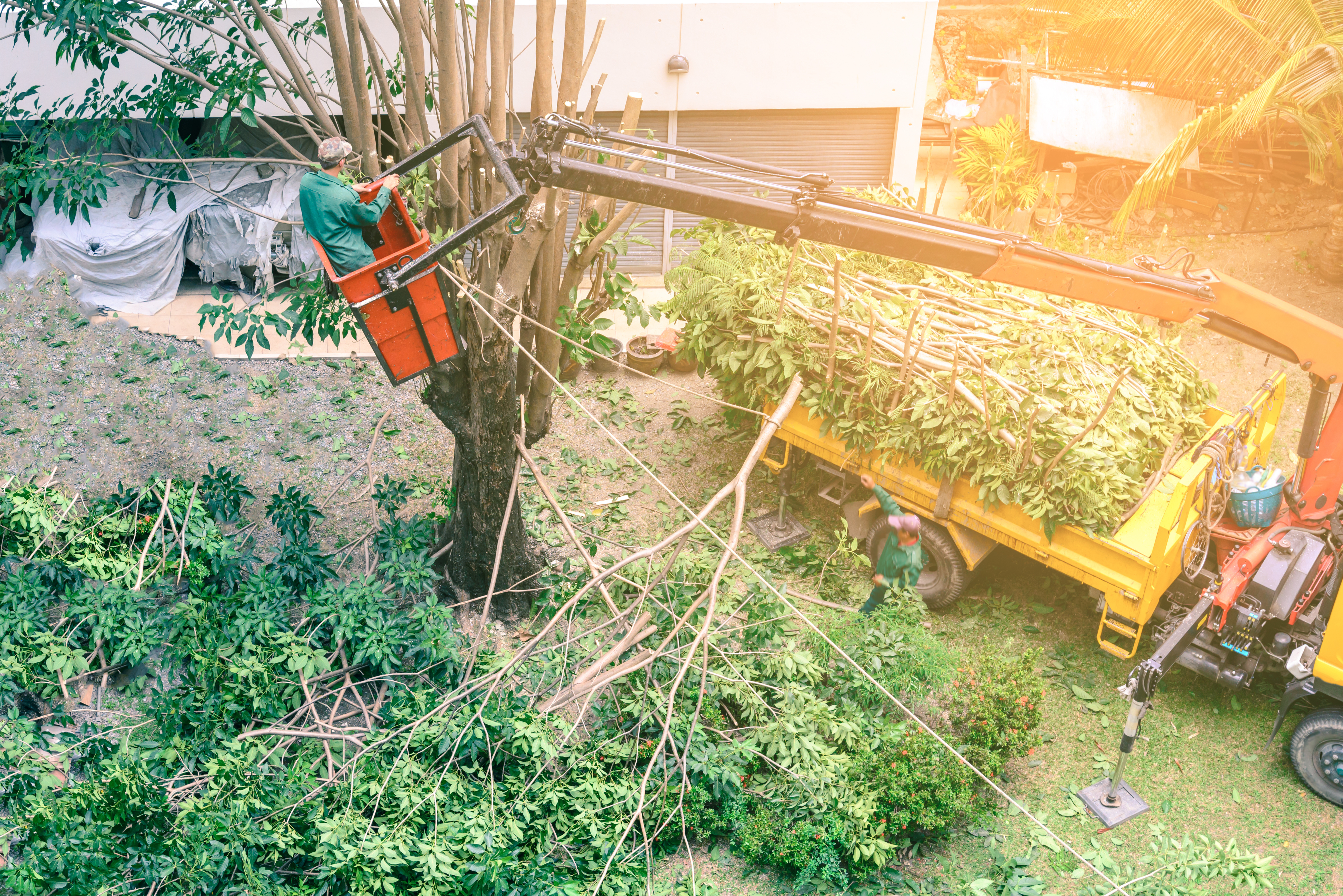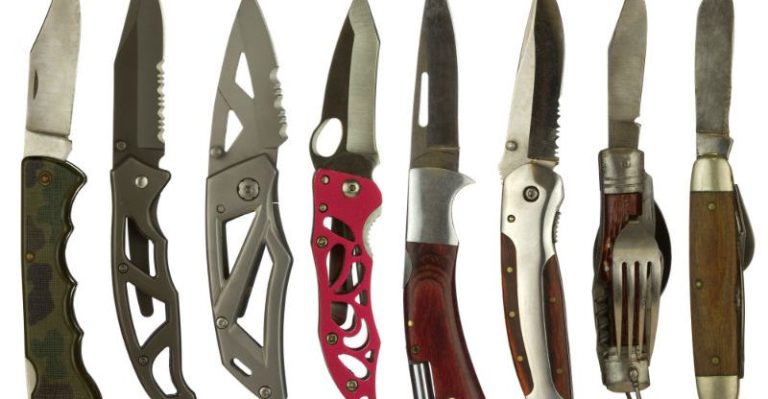Brazing is a process where two or more metals are combined together. The joining process is done by melting and using a filler metal into the joint. This process is different from welding since it does not melt the parts. But they both use high temperatures in the process. Protected by a flux, the filler metals goes into the parts or the joint. As it flows to the base, it is cooled to join the metal pieces together. Brazing is widely used since it can join the same metals or even varying metals.
Joint Brazing Process
During the brazing process, there are important considerations that you have to consider. First and foremost before you start the brazing process, make sure that the surfaces are clean. This is to avoid poor wetting. There are different processes of cleaning. One is through chemical cleaning and the other is mechanical cleaning. Apart from the cleanliness, other essential considerations include the time on the brazed parts and the effect of temperature. As a general rule, the temperature should be higher than the melting point of the filler.
In selecting temperature level, various factors are considered. For instance, the temperature is set to minimize the filler or to maximize the life of used fixtures. The desired temperature level will just depend on the design. When it comes to the time, most would opt to minimize the brazing time especially since producers would want to lessen the costs. However, there are specific settings where costs and time are just secondary concerns especially if they prefer to focus more on the appearance and the strength of the brazed joints? Most brazed joints require to have strength. To ensure strength, one may use silver as a filler material as this does increase the electrical resistant of the brazed joint.
Fillers Used
Various materials are used as fillers depending on the application method. Some of the most common types of filler materials that are used during the joint brazing process include aluminum silicon, copper, copper silver, copper zinc, nickel allow, silver and amorphous brazing oil that uses boron, phosphorous, nickel, iron, etc.
To have a joint that is resistant to corrosion, you need to choose a brazing material like palladium, gold or silver. These metals are known for their high corrosion resistance. Make sure that the joint clearances are close and just a minimal amount of the filler metal.
Hi-Temp Brazing started to torch braze in 1974 to offer Joint Brazing Services for clients. There are three commonly used forms of brazing; manual, machine, and automatic.







